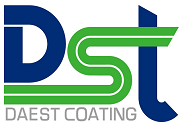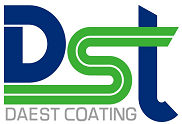A release liner is a paper or plastic-based film sheet (usually applied during the manufacturing process) used to prevent a sticky surface from prematurely adhering. It is coated on one or both sides with a release agent, which provides a release effect against any type of a sticky material such as an adhesive or a mastic. Release liners are available in different colors, with or without printing under the low surface energy coating or on the backside of the liner. Release is separation of the liner from a sticky material; liner is the carrier for the release agent. The release liner is the base layer of all Polyonics single and double coated tapes and label materials. Its primary function is to protect the acrylic and silicone pressure sensitive adhesive (PSA) until the tape or label is ready to be applied. The liner also helps in material handling, determines the ease of which the liner is removed from the PSA and is a critical element of the die cut process. The liner is comprised of a carrier―paper, polyester (PET) or fluorinated PET―and an ultra-thin layer of silicone. The percentage of silicone determines the release value with the higher percentage of silicone producing a lower release value and an easier release of the liner from the PSA. Release values are typically in the 20 to 50 pound range with the combination of carrier (material, thickness, etc.) and release value chosen based on the requirements of the die cut process. Silicone PSAs require fluorinated PET release liners and certain tapes and label materials, such as those destined for automatic applications, may require harder glassine or PET liners, to facilitate the die-cutting process.


